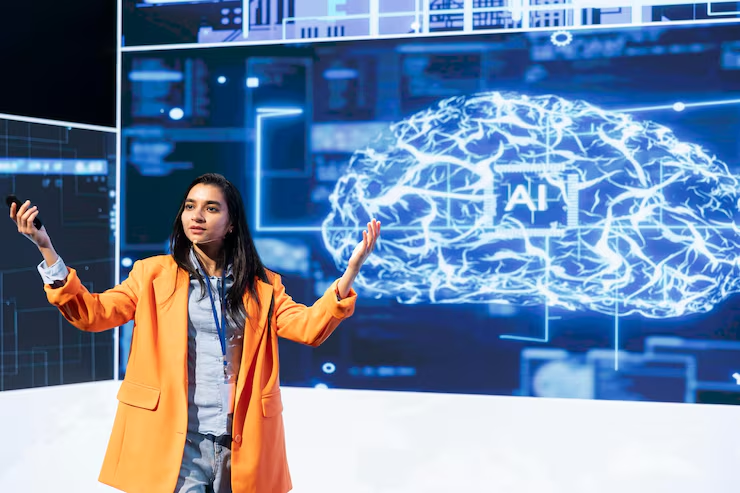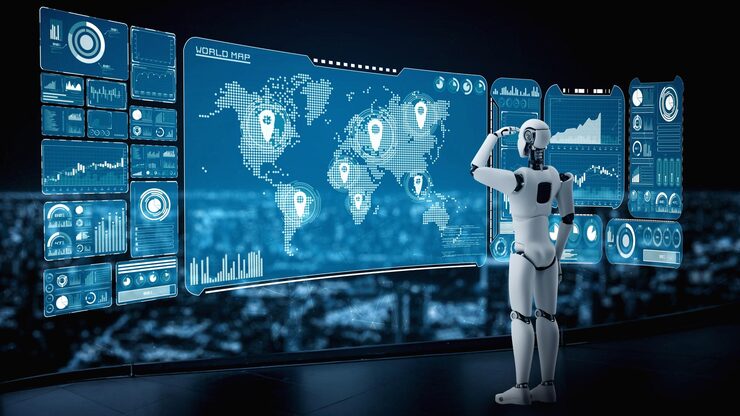An AI development company in India is increasingly becoming the go-to partner for global enterprises. By leveraging cutting-edge artificial intelligence solutions, these companies help organizations automate workflows, analyze complex datasets, and make smarter, data-driven decisions.
With the expertise of an AI developer in India, businesses can deploy predictive analytics, intelligent automation, and customized AI applications to drive efficiency, innovation, and growth across industries.
Why Do So Many Businesses Turn to AI Companies in India?
India’s now a hot spot for AI, and there are some clear reasons why:
You get solutions that fit your budget, but with top-notch quality.
There’s a huge pool of skilled AI developers and tech experts.
Businesses here pick up new AI technologies fast, so you’re never behind.
Their AI solutions work for everyone—from small startups to the world’s biggest companies.
They focus on innovation and always tailor their approach to your business.
AI development companies in India handle everything, start to finish. You can count on them to help your business run smoother and stay ahead.
Key AI Development Services You’ll Find in India
Predictive Analytics
Spot market trends, predict customer moves, and tackle future challenges by analyzing your data.
Intelligent Automation
Automate repetitive work, cut down on mistakes, and get more out of your resources.
Customer Experience Enhancement
Use AI-powered chatbots, virtual assistants, and smart recommendations for a more personal touch.
Custom AI Solutions
Get AI tools built just for you—no one-size-fits-all here.
System Integration
Plug AI into what you already use, like ERP or CRM systems, so everything works together and you get better insights.
What’s In It for Global Enterprises?
Smarter automation means your operations run more efficiently.
You make better, data-driven decisions.
Customers get a more personal, engaging experience.
Solutions grow with your business—no need to start over later.
You stay one step ahead of the competition.
Why Work with AI Experts in India?
When you team up with an AI development company in India, you get:
A complete strategy, from planning and deployment to ongoing support.
Custom solutions that actually fit your business goals.
Smooth integration with your current systems.
Training and support so your team can make the most of AI.
Ongoing optimization to keep performance high.
This partnership helps global businesses use AI to its full potential—and gives them an edge in the market.
FAQs
1.Why do global businesses prefer AI development companies in India?
You get affordable, high-quality AI solutions and access to some of the best developers out there.
2.What services do these companies offer?
They handle predictive analytics, intelligent automation, custom AI tools, and system integration.
3.Can AI really make my business more efficient?
Absolutely. It cuts down on manual work, improves accuracy, and gives you insights you can act on.
4.Why hire an AI developer in India?
You get experts who design and build AI solutions tailored to your unique needs.
5.Are these AI solutions scalable for large enterprises?
No doubt. Indian AI development companies deliver scalable, future-ready systems that grow with you.




